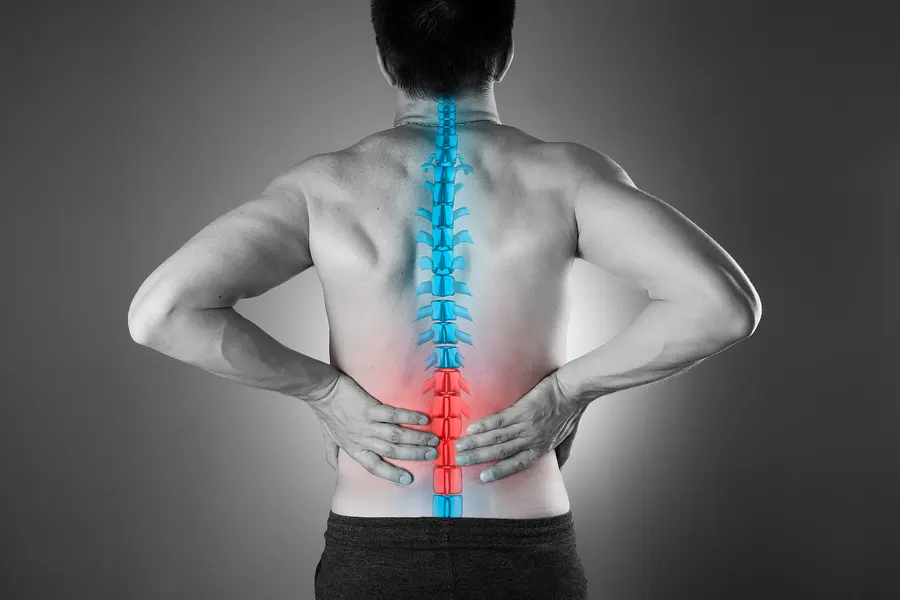Back pain might seem like something that’s only an issue once you’re older. This couldn’t be farther from the truth: back pain is one of the most common health issues Americans face, with over 30 million people, of all ages, suffering annually.
Back pain is also the leading cause of disability globally, it’s the number one reason why people miss work, and it can happen to anyone.
Spine issues are some of the leading causes of back pain. Let’s look at 10 of the most common spine issues and what you can do alleviate the pain from them.
The spine is made up of bones called vertebrae. Discs act as cushions between each bone.When a disc becomes herniated, that means the cushioning has shifted and is bursting out of its casing. While some herniated discs lead to no symptoms, they can often interfere with nerves in the spine. This can cause a number of symptoms.
A herniated disc happens most often in the lower back, but they can also happen in the upper back as well.
You should see a doctor if you’re experiencing pain or the other symptoms we’ve described. You can lower the risk of a disc herniation by maintaining a healthy weight, keeping a good posture throughout the day, and exercising.
Overuse, stress, and bad posture/positions can lead to the muscles around your spine become strained and tense. This can cause pain and tightness throughout your neck and back.
You can strengthen your back muscles by exercising and maintaining a healthy weight. Stretching before strenuous activity can also help avoid muscle strain.
Scoliosis refers to abnormal spinal bending or curvature. This condition can range from minor to severe, and it affects around 9 million Americans.
The treatment for scoliosis varies depending on the severity of the case and the age of the patient. Some treatment options include bracing, physical therapy, and surgery.
Whiplash is a neck injury caused by a sudden jerking or motion of the head. This sudden and awkward movement of the neck can strain the neck muscles. It can also damage intervertebral joints, discs, and ligaments in the neck. You can treat the pain with pain relievers like Advil or Aleve. Icing can help in the first 24 hours after injury. Other methods of treatment include massage, physical therapy, and heating pads.
Osteoporosis is one of the most common spine issues in older adults. It refers to weakened bones due to a lower bone mass. Weakened bones in the spine become brittle and damaged, which can lead to fractures, collapsed vertebrae, and a hunched posture.










